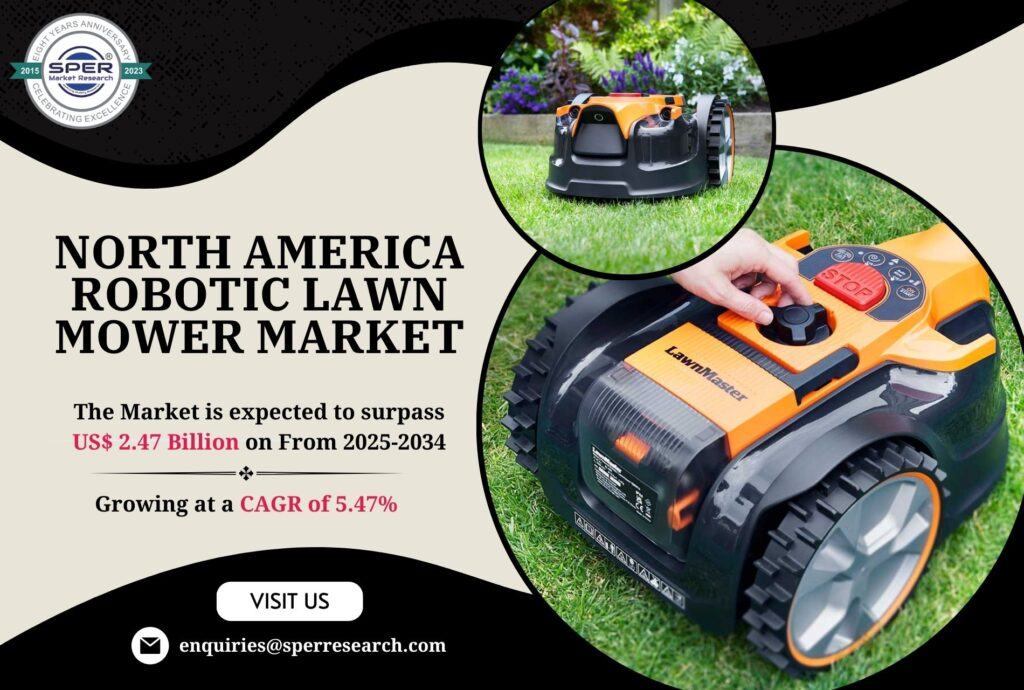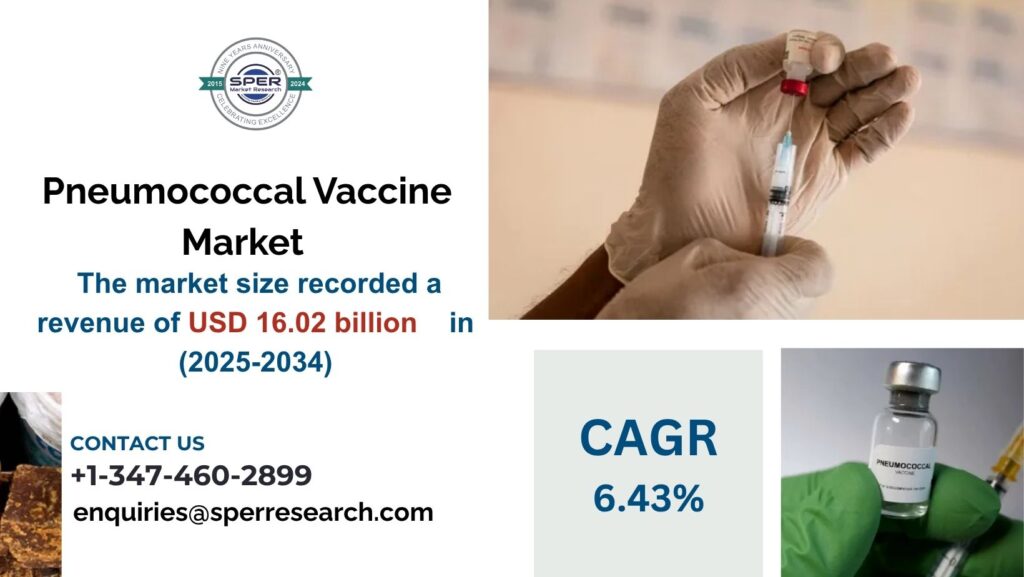Express delivery represents the quickest method of shipping, enabling the transportation of various goods and products via multiple mediums, including air, water, and land. Customers incur an additional shipping fee for this service, as packages may be delivered within a timeframe of 24 to 72 hours, depending on the shipment’s distance. The costs associated with express shipping, including prices and rates, are generally higher compared to other transportation methods. These services predominantly operate under business-to-business (B2B) and business-to-consumer (B2C) models, encompassing both personal and business items such as letters, documents, merchandise, consumer goods, and other non-palletized products.
According to SPER market research, ‘Global Express Delivery Market Size- By Business, By Destination, By Service Level, By End-User – Regional Outlook, Competitive Strategies and Segment Forecast to 2034’ state that the Global Express Delivery Market is predicted to reach 623.79 billion by 2034 with a CAGR of 6.28%.
Drivers:
The demand for parcels in the retail and e-commerce industries, as well as consumers’ growing inclination for online shopping, are fuelling the rapid expansion of the global express delivery market. The e-commerce industry is thriving, particularly among millennials, due to high internet accessibility and the widespread use of smartphones. Additionally, major e-commerce players like Amazon and Flipkart are forming partnerships with express delivery services, both domestically and internationally, to expedite deliveries and efficiently manage last-mile logistics, further propelling market expansion.
Download Free Sample Detailed Report – https://www.sperresearch.com/report-store/express-delivery-market?sample=1
Restraints:
Logistical issues, such as traffic congestion and inadequate infrastructure, can result in delays and inefficiencies in delivery services, especially in densely populated urban regions. Furthermore, strict regulations and compliance mandates, both within domestic boundaries and across international borders, impose extra costs and administrative challenges on express delivery operators, affecting their overall profitability. To overcome these challenges, it is essential to invest in innovation, foster collaboration, and implement sustainable practices, ensuring the market’s long-term success and viability.
The Asia Pacific region is expected to hold a significant portion of the global express delivery market in 2024. Increased internet access, rapid urbanisation, and the thriving e-commerce industry are all major factors driving up demand for expedited delivery services. The necessity for efficient last-mile delivery solutions is increased by the fact that nations like China, India, and Japan are leading the area in e-commerce adoption. Some of the key market players are C.H. Robinson Worldwide Inc, DHL International GmbH, Aramex International LLC, FedEx Corporation, Geodis, and others.
For More Information, refer to below link: –
Related Reports:
Follow Us –
LinkedIn | Instagram | Facebook | Twitter
Contact Us:
Sara Lopes, Business Consultant — USA
SPER Market Research
enquiries@sperresearch.com
+1–347–460–2899









